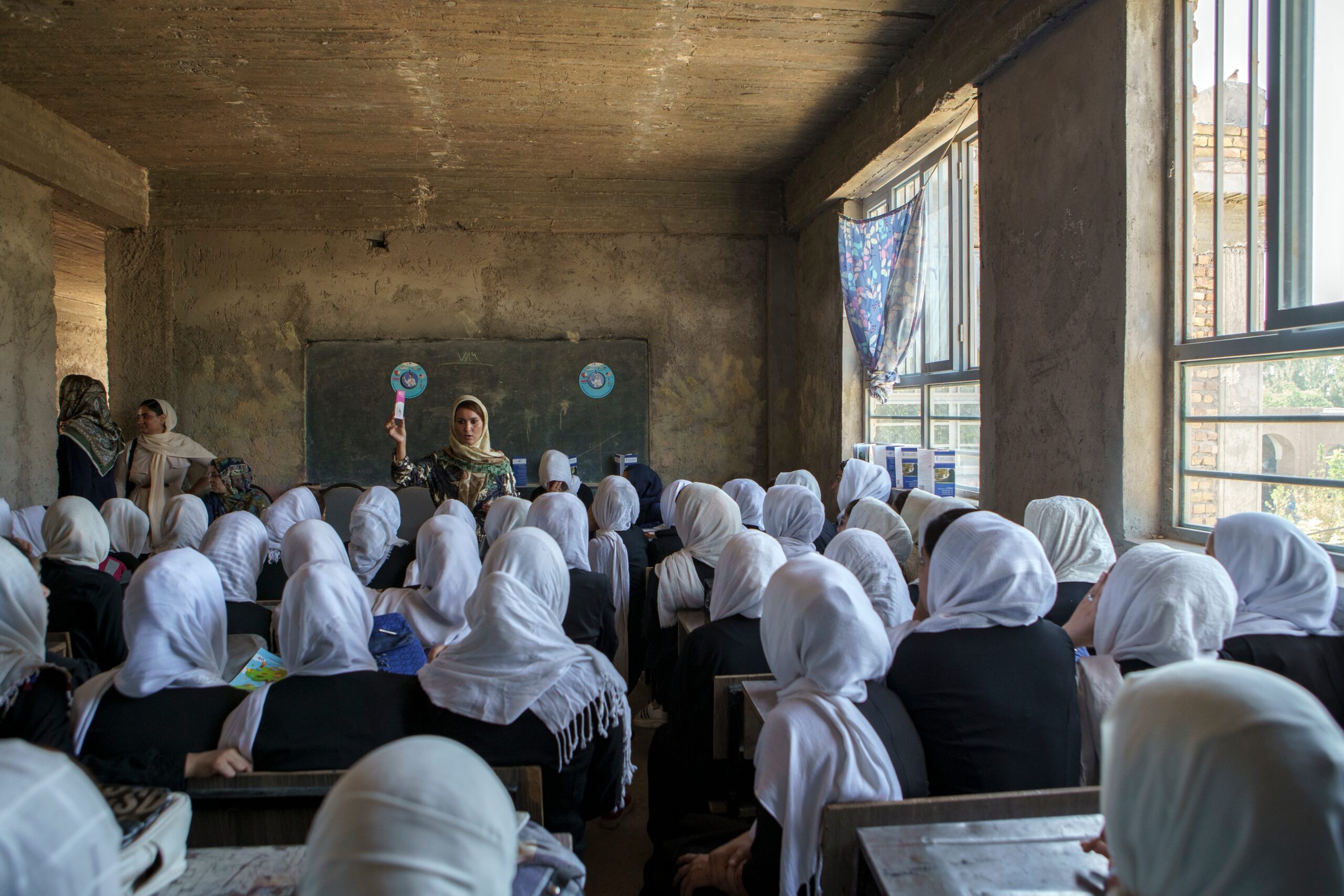Women and girls around the world experience discrimination and lack access to equal opportunities. For this reason, gender sensitivity is a pivotal part of any effective program design process.
Many well-intentioned programs consider themselves gender-neutral or gender-blind, ignoring harmful gender stereotypes and inadvertently reinforcing gender inequalities. For instance, the implementers of a job readiness program that is open to both men and women might believe that their program’s gender blindness will make it neutral and equally accessible to all. However, if the program is implemented in a context where women are the primary caretakers for children and does not include provisions for child care, the program will be relatively inaccessible to women. It is therefore imperative that programs aspire to at least be gender-sensitive, if not gender-transformative.
“Gender-sensitive” is one step along the gender continuum and is the minimum that programs should aim to realize. Gender-sensitive programming strives to ensure that your program is not causing unintended harm by reinforcing or supporting harmful gender-related norms and inequalities. Working to ensure that your program is gender-sensitive is one step toward supporting gender equality while serving your target populations.
Gender-sensitive Project Design
Switchboard has various resources that can provide guidance on gender-sensitive programming. These resources include an in-depth look into gender-sensitive project design, a useful tool for the consideration of where your program falls on the gender equality program continuum, and a podcast on the topic of gender-sensitive programming. The Switchboard library also has resources that can instruct program designers how to make the monitoring and evaluation (M&E) of a program more gender sensitive.
Introduction to Gender-Sensitive Project Design
This self-paced e-learning course provides an in-depth introduction to gender-sensitive project design. It takes approximately 3 hours to complete, providing an overview of what gender-sensitive programs are; reviewing how to develop gender-sensitive theories of change; describing how to conduct a basic gender analysis; and introducing key concepts in gender-sensitive M&E planning, including how to develop a logical framework (logframe).
Gender Equality in Service Programs Continuum
This tool presents the continuum of gender equality on which different service programs can fall, from gender-exploitative to gender-transformative.
Podcast: Is Your Program Gender-Sensitive?
In this episode of Switchboard’s podcast, Kelsey Chippeaux (from the IRC in Silver Spring, Maryland) talks about developing a gender analysis plan for a program she worked on, including successes, challenges, and lessons learned.
Gender Equality in Program Design Checklist
This tool provides guidance to project designers and proposal writers on how to meaningfully include gender equality during the design phase of a program. The checklist is divided into the following subsections: Program Planning, Program Design, Partnerships, M&E, and Budgets. A new copy of this checklist can be used for each program you are working on.
Gender-sensitive Monitoring and Evaluation (M&E)
These specific resources offer examples and strategies for achieving gender-sensitive M&E systems.
Introduction to Gender-Sensitive Monitoring and Evaluation (M&E)
This 25-minute e-learning module is a shorter, quicker introduction to gender-sensitive project design, with a focus on integrating gender-sensitive M&E in your projects. If you are not already familiar with introductory M&E concepts, you will benefit from completing the Introduction to Monitoring and Evaluation module in Switchboard’s library first.
Podcast: Why We Should Integrate Gender into our M&E Systems
This podcast by the Monitoring and Evaluation Technical Assistance (META) Project addresses the importance of incorporating gender into M&E practices and how one can go about doing that. It also references helpful resources from the United Nations (UN), UN Women and the UN Evaluation Group.
Want to learn more? Check out our two previous blog posts on M&E and project design, including theories of change and logical frameworks (logframes). Other resources on applying M&E practices throughout the program cycle are also available in Switchboard’s Resource Library!










